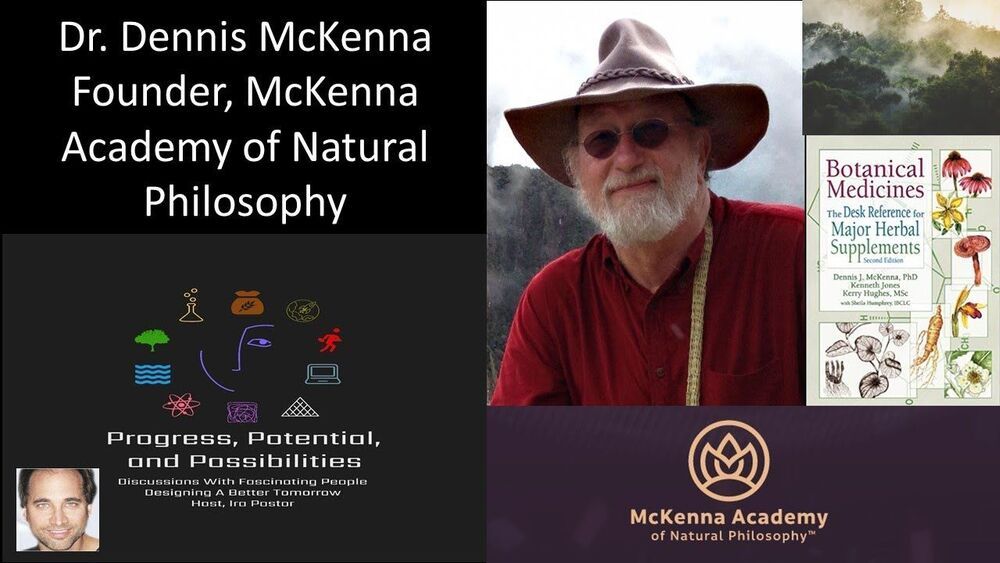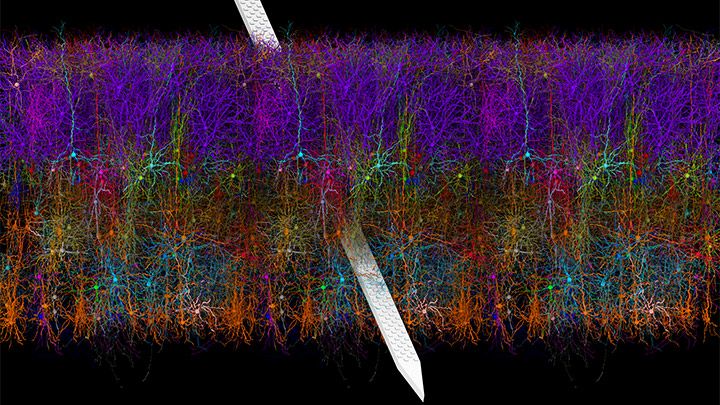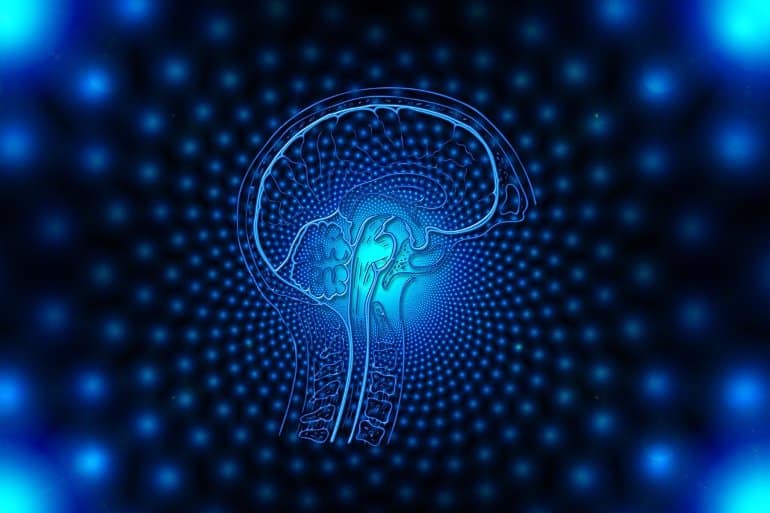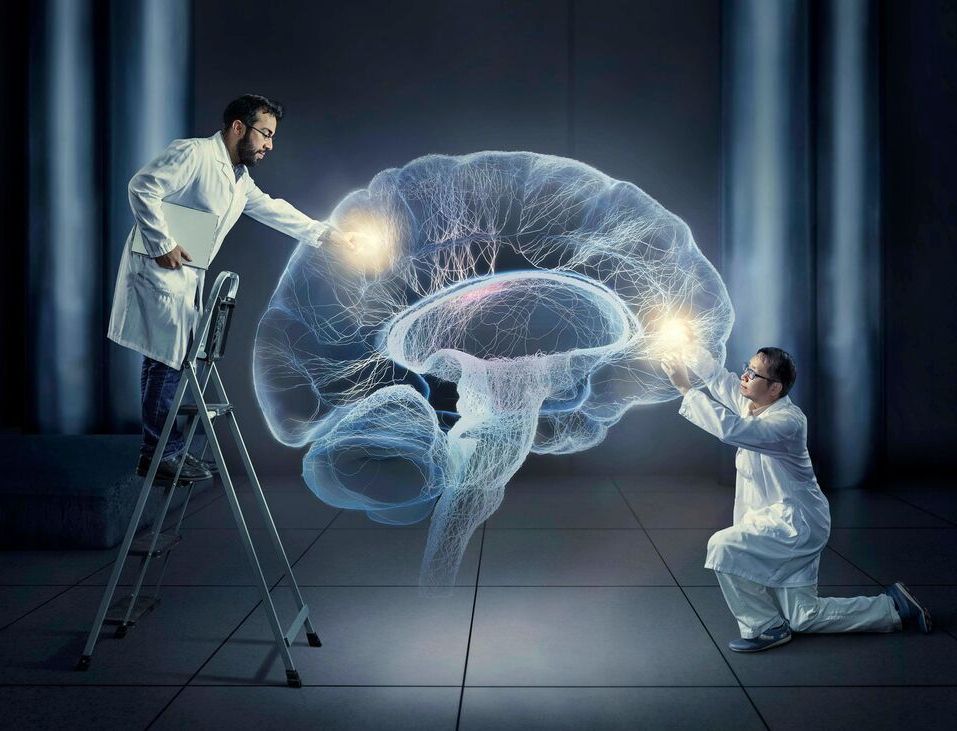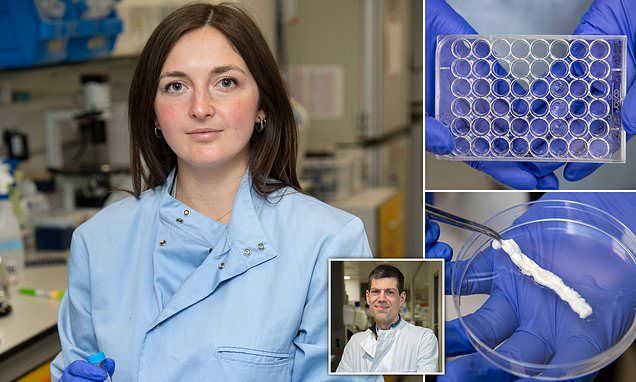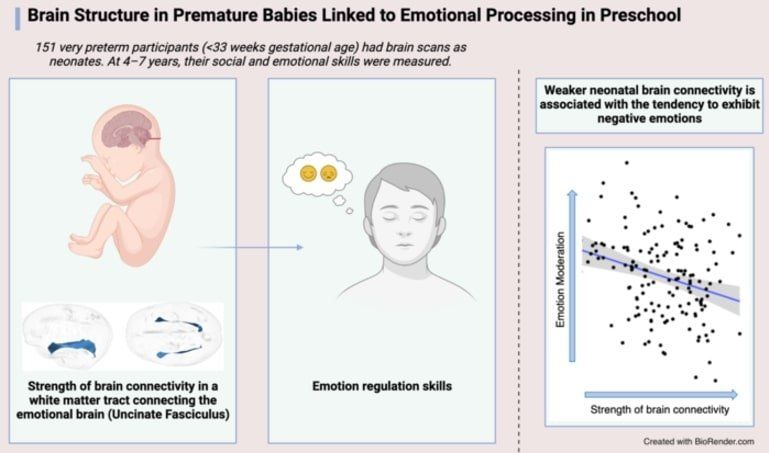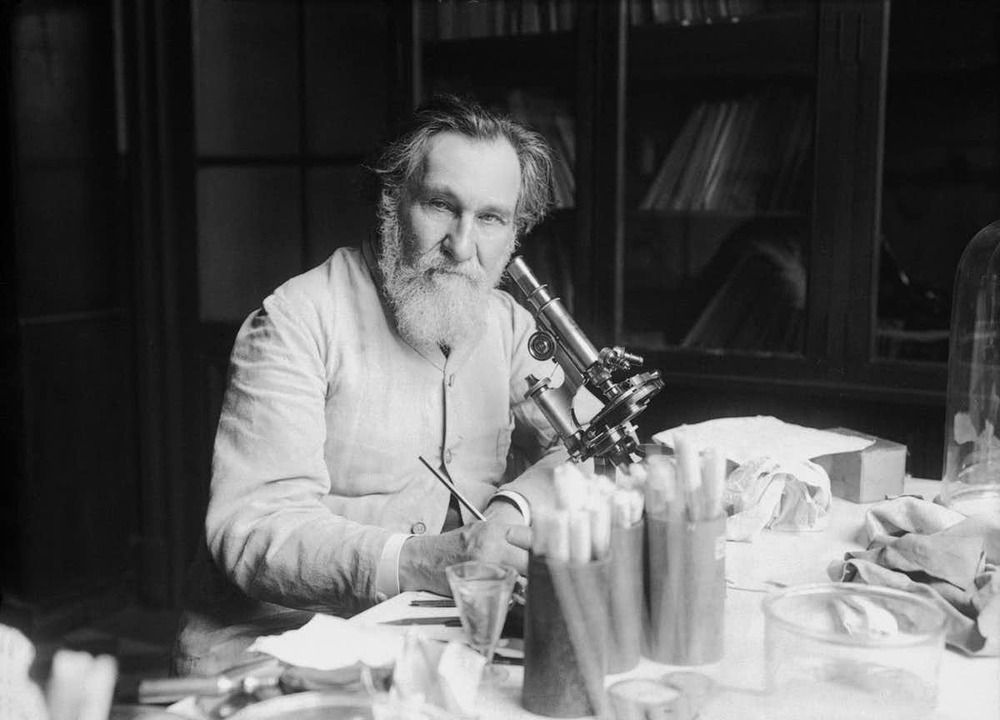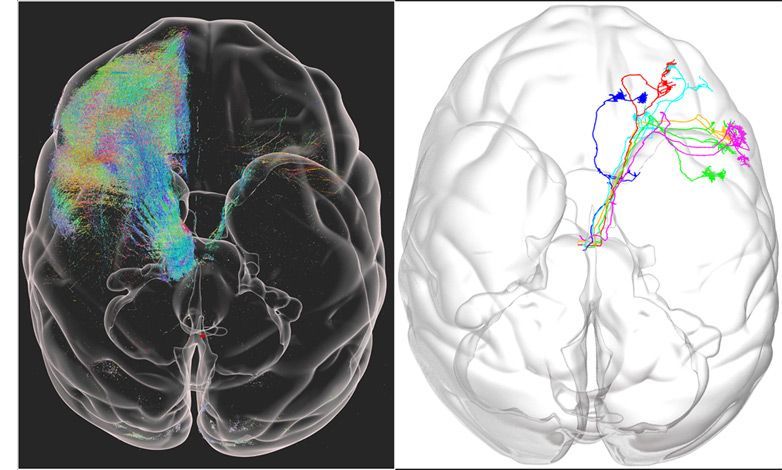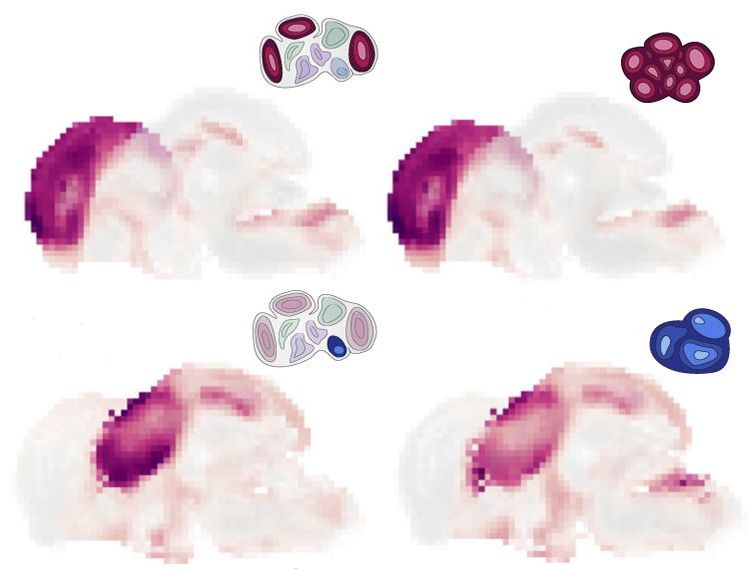Aug 12, 2021
Dr. Dennis McKenna — Founder, McKenna Academy of Natural Philosophy — A 21st Century Mystery School
Posted by Ira S. Pastor in categories: biotech/medical, chemistry, neuroscience
A 21st Century Mystery School — “Creating New Paradigms In Wellness And Wisdom Never Seen Before, And Never More Needed Than Now” — Dr. Dennis McKenna, Founder, McKenna Academy of Natural Philosophy.
Dr. Dennis McKenna is an American ethnopharmacologist, research pharmacognosist, lecturer, author, and Founder of the McKenna Academy of Natural Philosophy (www.mckenna.academy).
